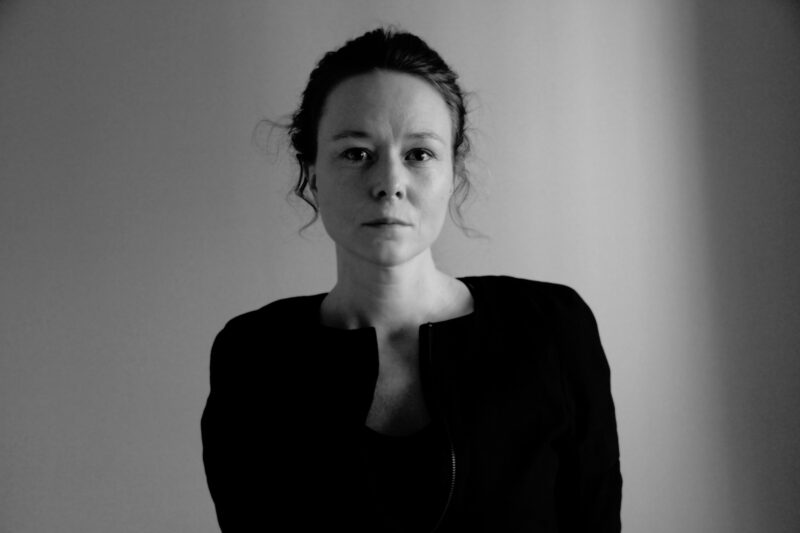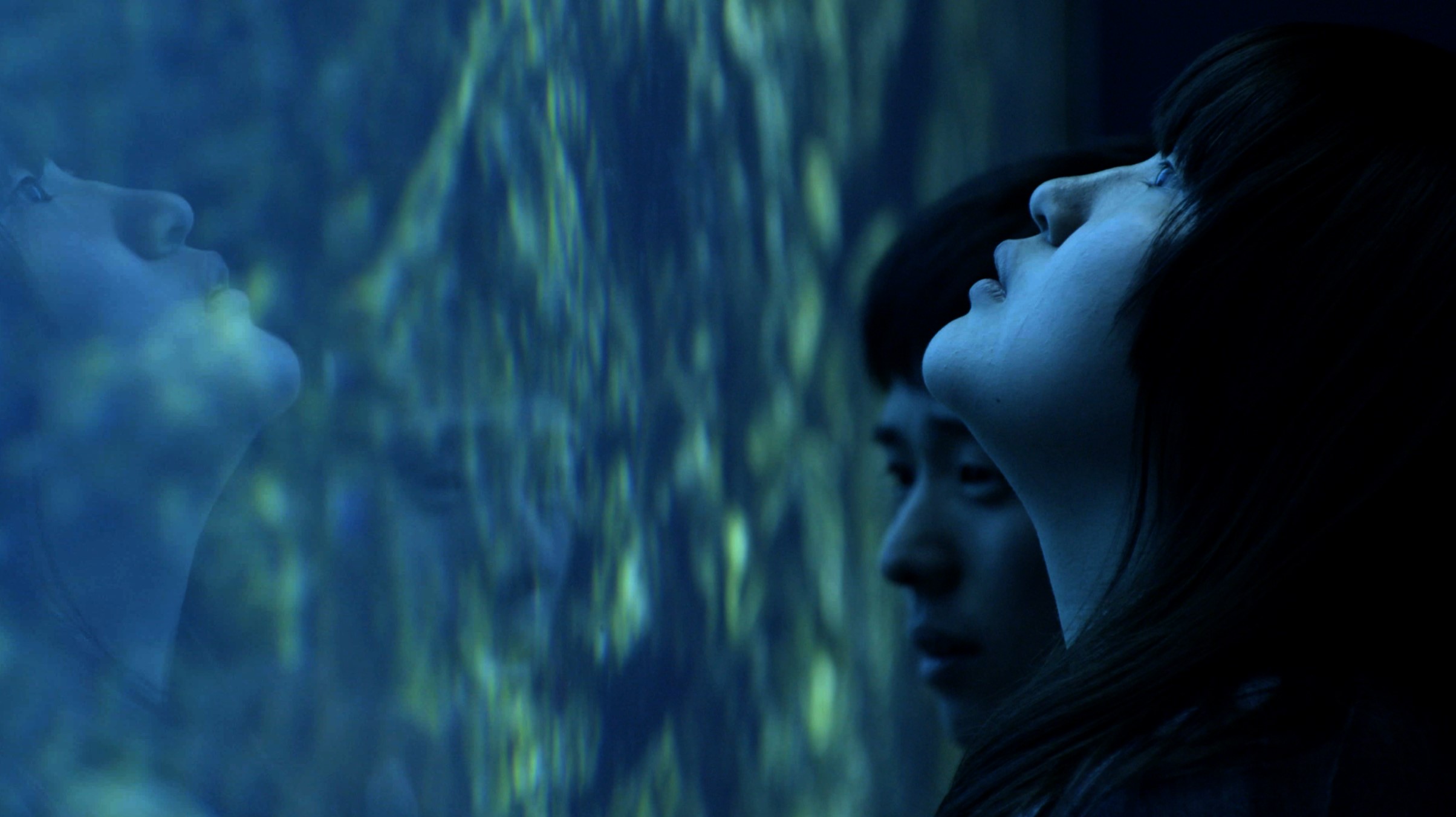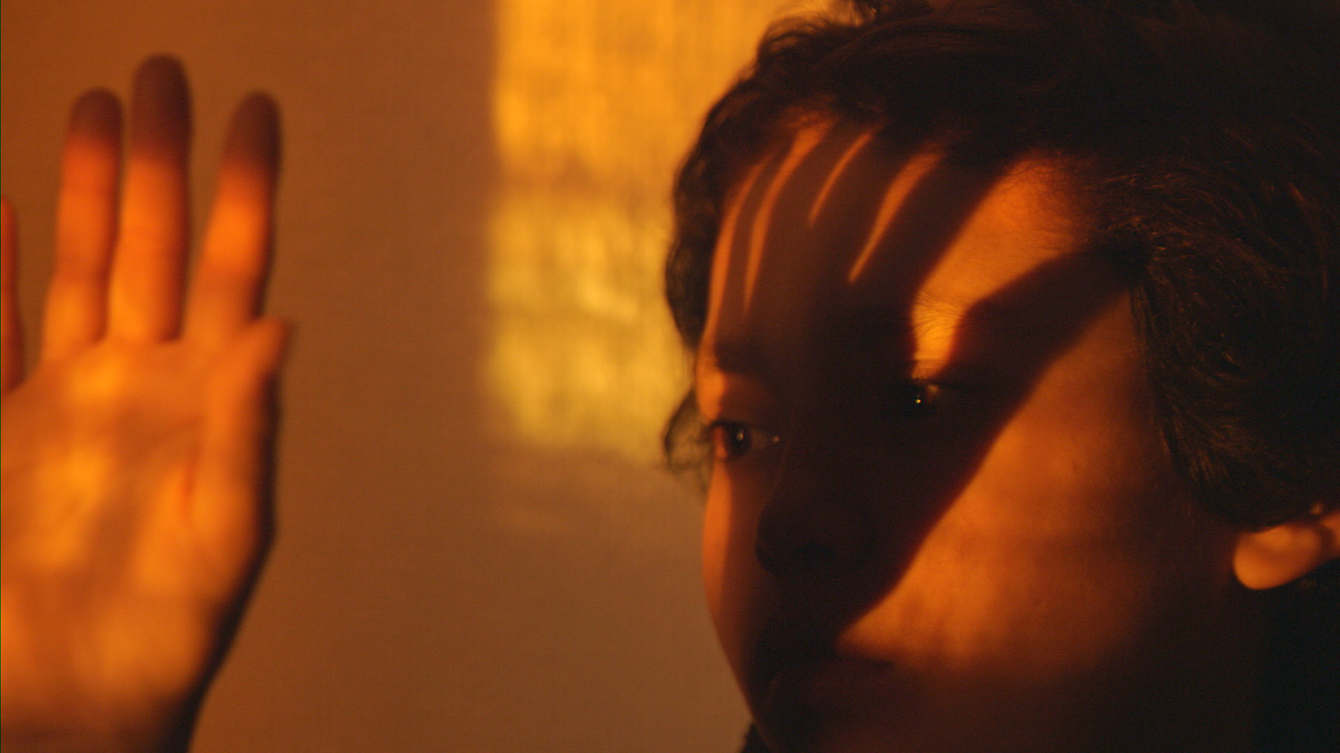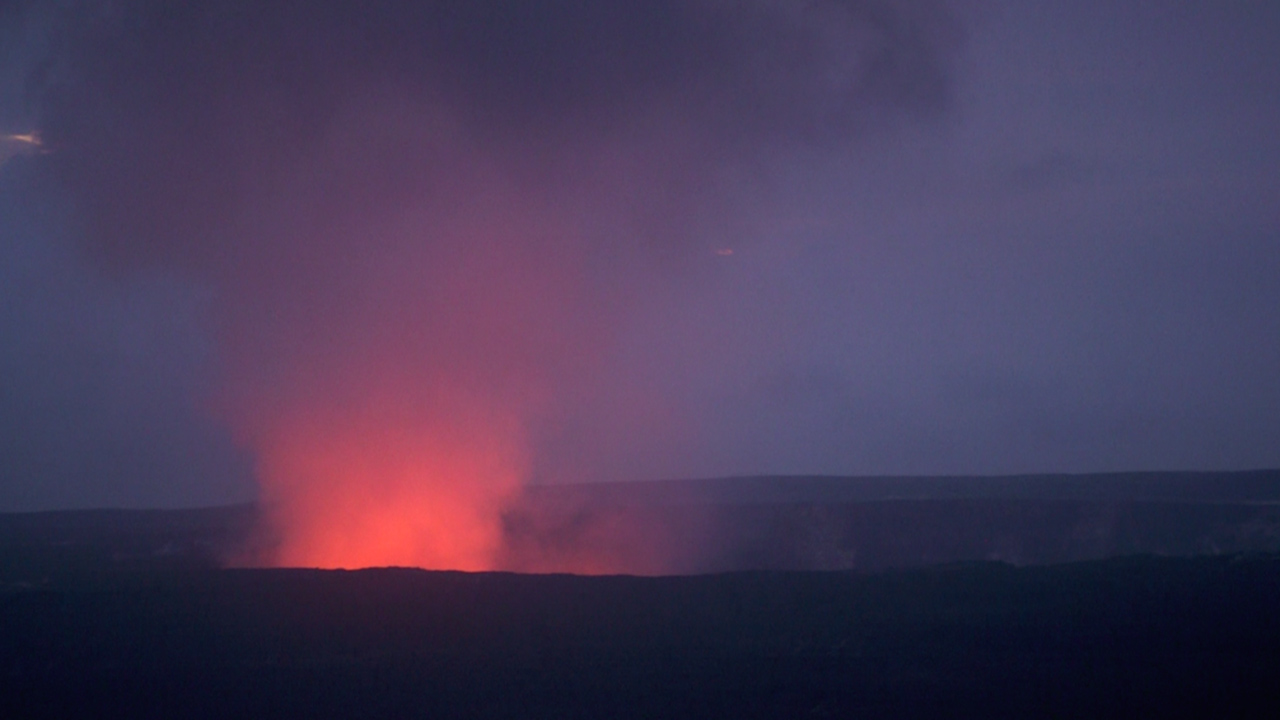All of Our Heartbeats are Connected Through Exploding Stars
Jennifer RAINSFORD
- Sweden
- 2022
- 77min
- 12 +
- DCP
- color/black and white
AP
Synopsis
On March 11, 2011 the largest earthquake in modern history hit Japan and then, thirty minutes later, dark tsunami waves roared in over the coast of North-Eastern Japan dragging cars, homes and lives out into the sea. In the film we meet Yasu who has done over 100 dives in search of his lost wife. Sachiko keeps writing letters to her husband that was taken by the wave. Satoko is a young woman who struggles with overcoming her trauma from the disaster. On the other side of the ocean, in the Hawaiian island of Kaho’olawe, a group of volunteers are gathering to clean the beach from Japanese tsunamReview
Visual artist and documentary director Jennifer Rainsford's debut film begins with the stories of people grieving and lost in the 2011 tsunami that hit Japan. In the film, survivors from the tsunami in Japan are deployed alongside volunteers who pick up trash on a Hawaiian beach more than 4,000 miles from there. Fishing nets, plastics, and ropes that had blown into the ocean by the tsunami floated unbroken for several years before they eventually reached the beaches of Hawaii. Is this all about the relationship between Japan and Hawaii linked to the tsunami? With this long, poetic title, the film traces the invisible lines between humans and objects, creatures, and the environment. While a middle-aged Japanese man who has lost his wife in the disaster takes a dip in the sea, its contemplative narrative turns into an essay. With the fresh eyes of a visual artist, the director connects vivid images of sea creatures such as jellyfish, octopus, shrimp, and plankton with the physiological effects of disasters and human sorrow. All of Our Heartbeats are Connected Through Exploding Stars is a cosmic documentary that attempts to create a connection between humans and nature, sadness and body reactions, and individuals and the world.Director
-

Jennifer RAINSFORD
She is a visual artist and director based in Stockholm. Her short films and installations have been shown at festivals such as Oberhausen, Berlinale. All of Our Heartbeats are Connected Through Exploding Stars is her first feature length documentary.


